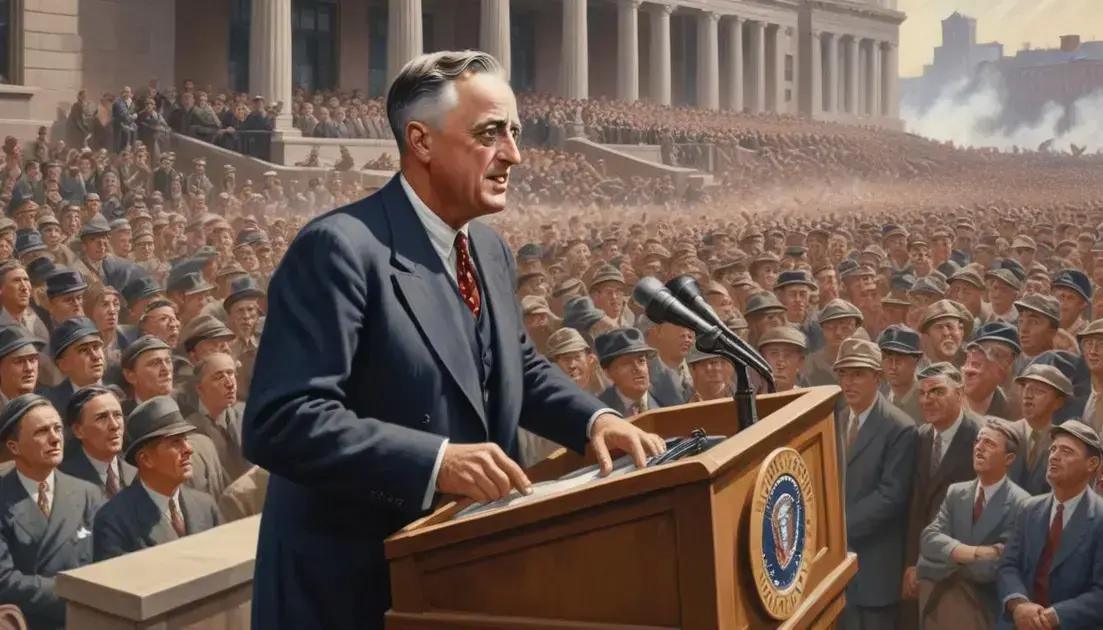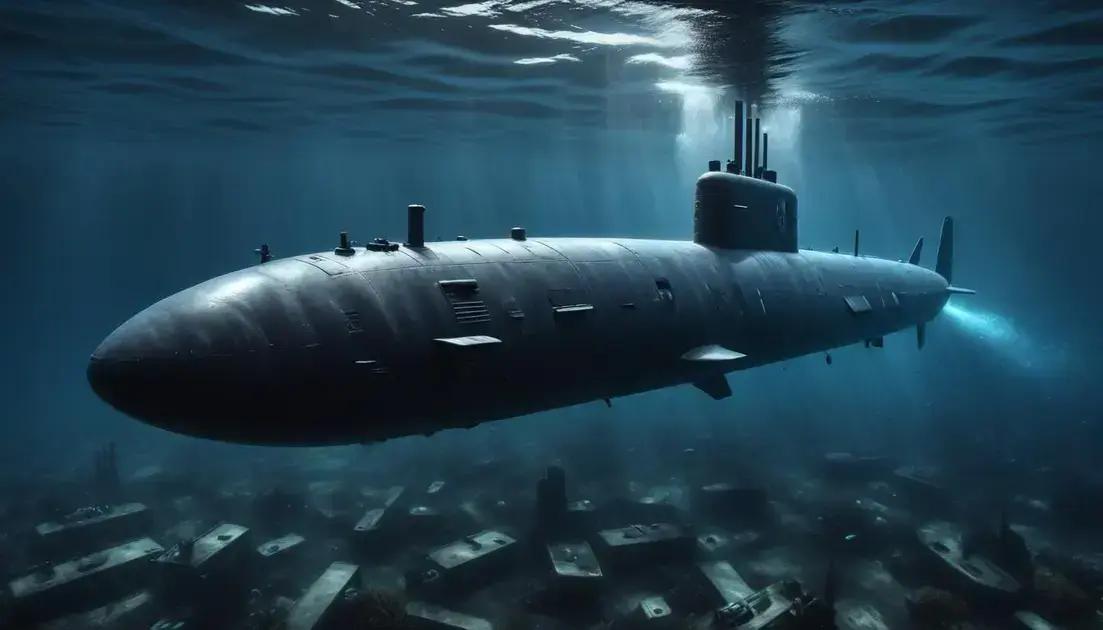
Non-Proliferation Treaty: Trying to Contain the Apocalypse
The Non-Proliferation Treaty (NPT) is essential for global security, aiming to prevent nuclear weapons proliferation and promote peaceful nuclear energy. Its key goals include disarmament and fostering international cooperation to reduce tensions. While the NPT faces challenges such as compliance issues and inequities among nations, the future of non-proliferation efforts relies on stronger agreements and public awareness. By enhancing collaboration and using new technologies, countries can work towards a safer, more secure world, free from the threat of nuclear arms.
Nuclear proliferation is a critical issue in today’s world, impacting global security and diplomacy. What role does the Non-Proliferation Treaty play in this landscape?
Introduction to the NPT
The Non-Proliferation Treaty (NPT) is a landmark agreement aimed at preventing the spread of nuclear weapons. Signed in 1968, it has become a cornerstone of global security.
The treaty has three main goals: preventing the spread of nuclear weapons, promoting peaceful uses of nuclear energy, and pursuing disarmament. These goals help nations work together towards a safer world.
Key Components of the NPT
Under the NPT, countries agree to forgo the development of nuclear weapons. They also commit to sharing the benefits of peaceful nuclear technology. This collaboration fosters a spirit of trust among nations.
Importance of the NPT
The NPT is crucial in reducing nuclear tensions. By minimizing the chances of nuclear competition, it aims for a more stable international environment. The treaty also encourages dialogue between nuclear and non-nuclear states.
Many countries are part of this initiative, demonstrating a united front against the dangers of nuclear proliferation. Regular review conferences help assess progress and address concerns.
The Objectives of the Treaty
The Non-Proliferation Treaty (NPT) has clear objectives. These goals help create a safer world for everyone. The first is to prevent the spread of nuclear weapons.
Countries that sign the NPT agree not to develop or acquire nuclear weapons. This is crucial in reducing the number of nuclear arms worldwide.
Another important objective is to promote the peaceful use of nuclear energy. Nations can share technology for energy that doesn’t harm the environment.
Disarmament is also a key goal of the NPT. The treaty encourages nuclear-armed states to lower their stockpiles of weapons.
How the Objectives Work Together
These objectives work hand in hand. When states feel secure, they are less likely to build weapons. This leads to increased trust and open dialogue.
Moreover, sharing nuclear technology promotes international cooperation. It helps all nations benefit from nuclear advancements safely.
In summary, the NPT is vital for controlling nuclear proliferation and encouraging peaceful collaboration among nations.
Global Impact of Nuclear Non-Proliferation
The global impact of nuclear non-proliferation is significant. The Non-Proliferation Treaty (NPT) helps reduce nuclear tensions worldwide. It creates a platform for nations to work together.
One major effect is the decrease in the number of nuclear weapons. Fewer weapons mean a lower chance of conflict and war. Countries are more likely to trust each other when they avoid building arsenals.
Another positive impact is the promotion of peaceful nuclear energy. Nations can share technology and knowledge for energy production. This cooperation can lead to more sustainable energy sources.
Additionally, the NPT encourages dialogue among countries. Regular meetings allow nations to discuss concerns over nuclear issues. Open communication helps prevent misunderstandings and escalations.
Strengthening Global Security
By working together, countries strengthen global security. The treaty sets a standard that many nations follow. This enhances safety and stability across the world.
Countless lives are affected by these efforts. Non-proliferation helps secure a safer future for generations to come.
Challenges and Critiques of the NPT
The Non-Proliferation Treaty (NPT) faces several challenges and critiques. Some countries argue that the treaty is not fair. They believe that it gives the nuclear powers too much advantage.
One major critique is disarmament. Many nations want nuclear-armed states to reduce their weapons faster. Some argue that these states are not doing enough.
Another challenge is compliance. Some nations have been accused of not following the treaty’s rules. This raises questions about accountability and trust among countries.
There are also concerns about new nuclear states. Countries like North Korea have moved forward with nuclear programs despite the NPT. This undermines the treaty’s goals and raises security risks.
The Need for Improvement
Critics believe the NPT needs updates. The global landscape has changed, and so have the threats. Solutions should adapt to current realities and issues.
Strengthening the treaty can foster better cooperation. States need to work together to tackle these challenges. Only then can the NPT remain effective in promoting global peace.
Future of Non-Proliferation Efforts
The future of non-proliferation efforts is vital for global security. Countries must adapt to new challenges and changing threats. Enhanced cooperation is key to making a real impact.
One area to focus on is stronger international agreements. Nations should work together to create new pacts and update existing ones. This helps address gaps and improve overall effectiveness.
Another important focus is education. Teaching about the dangers of nuclear weapons is crucial. Awareness can lead to more public support for non-proliferation efforts.
Technology plays a big role, too. Advancements in monitoring can help verify compliance. New tools can make it easier to track nuclear activities around the world.
Involving More Countries
It’s also essential to include more nations in discussions. Engaging emerging powers can change the dynamic. Inclusion promotes a sense of shared responsibility for global peace.
The future relies on teamwork and open communication. By working together, nations can shape a safer world for everyone.
Conclusion
In conclusion, the Non-Proliferation Treaty (NPT) plays a crucial role in ensuring global peace and security. Its goals of preventing the spread of nuclear weapons, promoting peaceful uses of nuclear energy, and advancing disarmament are vital for a safer world. However, challenges remain, such as compliance issues and the need for stronger international cooperation.
The future of non-proliferation efforts relies on teamwork among nations. Strengthening agreements, raising awareness, and utilizing new technologies are key steps forward. By working together, countries can create a safer environment for everyone and build trust that leads to lasting peace.
Ultimately, the success of non-proliferation depends on our commitment to a world free from the threat of nuclear weapons. Let’s continue to strive for a secure future for generations to come.


